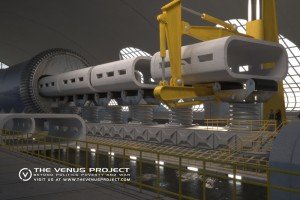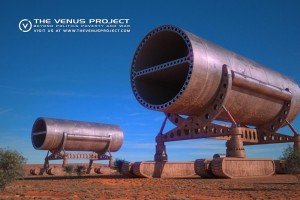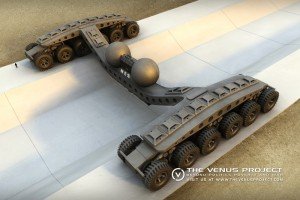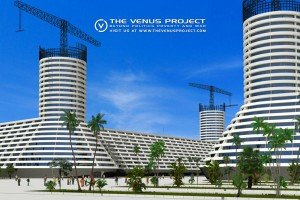Construction
The construction of the new cities also involves methods significantly different from the ones used today. Fast and reliable construction techniques take advantage of prefabricated material extrusion and various alloys with memory characteristics. The materials most of these buildings are made of are high in strength, light in weight and resistant to foreign factors such as weather and insects. Materials with memory characteristics allow for design flexibility as well as intelligent resource utilization. Each of these solutions below are only examples of what could be done if we use science and technology with human and environmental concern.
Automated Construction Systems
technology-multi-function-unit
Construction
The construction of the new cities also involves methods significantly different from the ones used today. Fast and reliable construction techniques take advantage of prefabricated material extrusion and various alloys with memory characteristics. The materials most of these buildings are made of are high in strength, light in weight and resistant to foreign factors such as weather and insects. Materials with memory characteristics allow for design flexibility as well as intelligent resource utilization. Each of these solutions below are only examples of what could be done if we use science and technology with human and environmental concern.
Automated Construction Systems
A multi-function unit extruding pre-fabricated components.
A multi-function unit machine is used to lift and later insert prefabricated housing components into a support structure. Although these prefabricated units are composed of standard components, they are of a modular design with such a wide and diverse array as to allow maximum individual expression in interior design and décor.
Automated Cranes
Pipe transport unit.
Eventually, most of the construction of the industrial and research complexes in a circular city are carried out by robotic equipment that receives instructions via satellite. Automated cranes travel along the building’s length, installing floors, windows, curtain walls, roofing, and other components from the ground up. These devices contain sensors to minimize industrial accidents or collisions with other devices or living beings.
Laser Excavators
Man standing next to a laser excavator.
A laser excavator, directed via satellite, is capable of fusing the earth beneath it into a molten magma-like material. This machine is able to change its shape to conform to a wide range of contours such as canals, roads, and waterways.
Industrial Robots
Multi-access industrial robots utilize vast information resources, which enable them to receive commands via satellite up-link or on-site. They are also designed to take appropriate actions in the absence of human directives by combining an array of sensors and receivers with sophisticated decision making abilities.
Fully automated industrial robot cranes construct buildings.
They are capable of handling a wide range of industrial production tasks, and are able to upgrade their level of service and replace defective or worn parts. These mega robots communicate with one another to coordinate delivery of the required materials for each project.
Nanotechnology
The future of nanotechnology offers enormous potential. Nanotechnology combines optics and lasers, and will eventually enable us to assemble matter, atom by atom, into whatever molecular structure is needed. Nanotechnology will lead to a sub-microscopic revolution in all fields, including the way in which we conduct human affairs.
The Venus Project
thevenusproject.com
Resource Based Economy
resourcebasedeconomy.org
Follow us on Steemit
Subscribe to our newsletter
Frequently Asked Questions




Imagine a city powered by STEEM. I can delegate my SP to the city and receive daily STEEM. The act of helping, sharing and giving in the community will get you an UpVote.